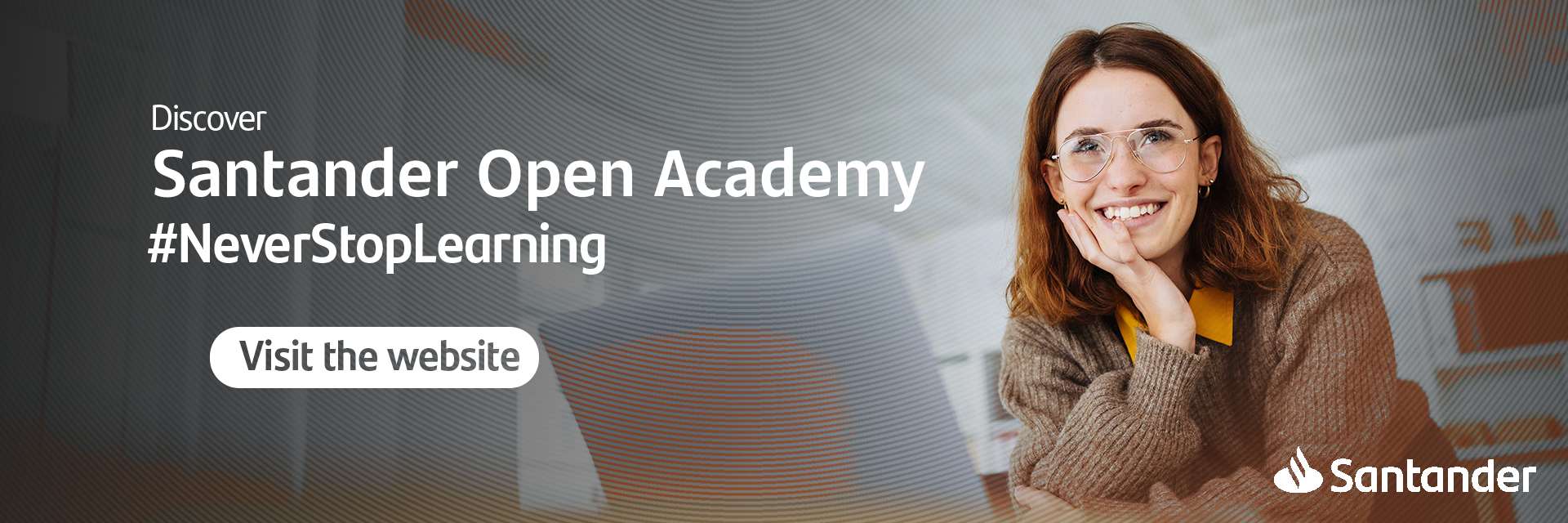Learning by doing, a key technique for success
Are you one of those people who reads the manual from top to bottom when you get a new gadget? Or conversely, are you the sort who dives right in, pushing all the buttons to see what will happen? If you're the second type, you are already learning by doing, in other words, you're practising experiential learning.
Can you imagine what would happen if you extended this way of learning to other spheres? In this article, you'll find detailed information about this technique and how to put it into practice.
What is learning by doing?
Learning by doing is based on experimentation. It's all about developing skills in a real-life context, learning how to solve the actual problems that a person will come across in the world of work. The main objective is to learn from your own mistakes and successes.
According to Roger Schank, a researcher of learning theory and proponent of learning by doing, we only learn through experiences and situations that are interesting for the students involved. "Learning happens when students want to learn, not when teachers want to teach", he states.
Schank himself explains that the only way people learn is by doing things. Nobody learns to skate by reading a book, but rather by actually skating - and above all, by falling.
There are 4 stages in the process of practising this method:
- The specific experience serves as a basis for observation.
- Reflecting on said observation and constructing a theory about what has been observed.
- Forming abstract concepts, based on the hypotheses.
- Verifying these concepts in new situations.
In the field of education, for example, and as proposed by the InspiraTICs initiative, jointly backed by the Amancio Ortega Foundation and the Santiago Rey Fernández-Latorre Foundation, learning by doing steers clear of master classes and instead focuses on practice. By encouraging students to use their own initiative as well as their entrepreneurial skills, the aim is for them to shed their fear of making mistakes and instead learn from these.
Thus, knowledge is acquired through experiences and experimentation, in an environment that simulates real-life. This allows participants in the process to make decisions and join forces to achieve the best results.

Examples of learning by doing
A clear example would be the research projects, typical at different stages of education. Such tasks require study as well as exploration, fieldwork, interviews, problem solving, experimentation, etc. A practical case would be secondary school students preparing for a debate in which each side has to defend a different position. Or, in the same vein, undertaking a research project about everyday life decades ago, based on interviews with their grandparents. Through such activities, students learn to analyse the often-diverse information gathered, developing a critical thinking mindset, and drawing their own conclusions.
Another example, in this case from the field of science and technology, might be a robotics class, where both students and teachers work as a team to build a robot.
This method can also be applied to computer programming. This is the case of Codecademy, a website where, after choosing the type of programming you want to train in, you are given the tools and resources to program from scratch without being taught any of the theory. It's all about trial and error.

What are the benefits of learning by doing?
This technique of learning through practice fosters soft skills and abilities such as:
- Activity. All experiences are enriching and offer an opportunity to grow both personally and professionally. Such experience helps with self-awareness and facilitates reflective decision-making.
- Participation. Motivation is key to the success of any project, and a desire for self-improvement is essential to move forward in any situation. This fusion of motivation and self-improvement found in learning by doing nurtures the capacity to participate, and equips you to act accordingly when faced with new situations, thanks to an analysis of previous experiences.
- Communications. Learning by doing facilitates the exchange of ideas among participants, as well as encouraging active listening and the development of empathy towards other people's opinions. The sum of these boosts social relations, a basic element in the workplace.
- Innovation. The active learning system fosters people's capacity for innovation, as a common thread must be identified between the varying points of view. Innovating means being able to come up with viable alternatives that incorporate the opinions and stances of every member of the team.
- Leadership. The confidence boost offered by active learning promotes the development of leadership skills. The very act of comparing and contrasting ideas in a safe space increases self-confidence.
- Self-evaluation. Learning by doing involves a high level of both vertical and horizontal collaboration, which generates interesting communicative synergies. On a personal level, experiential learning facilitates the process of integration and self-evaluation, allowing teamwork to move ahead.
- A critical and analytical mindset. Learning by doing means that any decisions you make are based on experience, from which you develop a critical mindset, a fundamental element for analysing incoming information.
- Learning through trial and error. This factor is key: learning through trial and error boosts your ability to adapt to new ideas, as well as learning to yield to others and enabling every member of the team to develop in line with their contributions.
The advantages of learning by doing as applied to business can be summarised in this phrase by Albert Einstein: "Learning is experience, everything else is just information."

Put learning by doing into practice to progress professionally
The world can be understood through practice and subsequent reflection on the actions taken, and these just happen to be key aspects of the learning by doing methodology.
Successful organisations such as Microsoft or HP use a development model that indicates that 70% of professional learning stems from experience in the workplace.
The strategy to follow for this technique to translate into career progress needs to be based on activities that provide real value for the project or company.
An example of this type of strategy might be strengthening communication skills in another language by interacting with international teams, helping a new recruit through the onboarding process, participating in process innovation, or handling a conflict between colleagues or with a supplier or client.
For precisely this reason, and as part of this aim to boost employability and likewise help people to progress, overcome the challenges of the 4th industrial revolution, and grow in an inclusive and sustainable way, Banco Santander is committed to three key concepts: lifelong learning, reskilling and upskilling. To support this commitment, it has created the Santander Open Academy website, a unique and pioneering global programme.
If you would like to keep growing personally and professionally, head over to the Santander Open Academy website, where you'll find 100s of opportunities to train together with internationally renowned institutions. Access training in technology, languages, research, investigation, soft skills, internships and female leadership, which will help you to improve your employability or refocus your career.
Do you want to become a lifelong learner and increase your job opportunities? The Santander Open Academy website has plenty of options to help you achieve your goals. Check out the website and remember: you can sign up for as many courses as you like. Make the most of this opportunity!

Más posts interesantes que leer...
-

-
 29/09/2025 | Santander Universidades
29/09/2025 | Santander UniversidadesLearning English: the key to better job opportunities
Card text